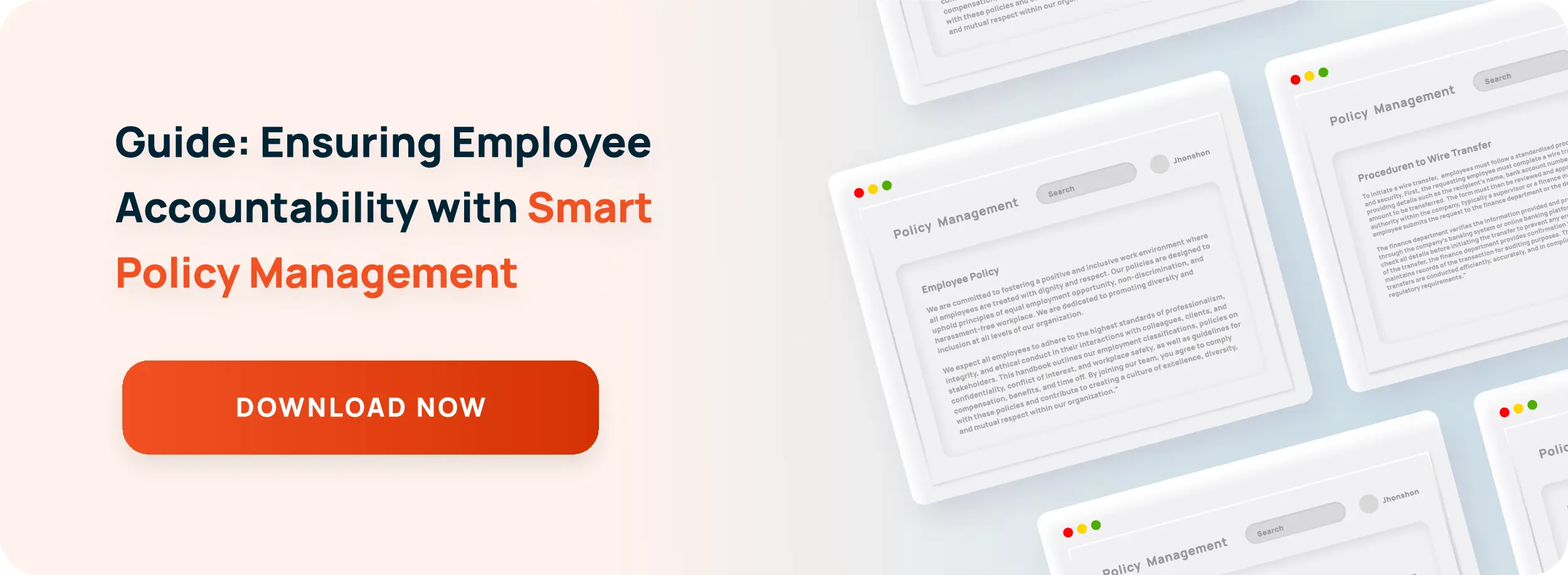How do You Know Your Corporate Compliance Training is Working?

Regulatory compliance is a legal obligation for any company, and the cost of that compliance is accepted as a required part of the operating budget. Making sure that employees are adequately trained on the details of those compliance requirements can be more challenging to justify. The time away from regular duties, combined with the added costs of ensuring coverage for those duties during the training period, can quickly add-up, and training costs traditionally come under increased financial scrutiny. How do you set about measuring the effectiveness of the training while ensuring that you are getting value for money?
Training Effectiveness
Training evaluation methods began with the work of Ralph Taylor in the 1940’s with an emphasis on setting objectives for each training initiative. Donald Kirkpatrick’s work in the 1960’s took that emphasis further by delineating four distinct stages of training effectiveness:
1. Reaction – measuring how employees felt about the training. This is usually done with post-training surveys that ask questions about the content, delivery and value of the training without providing any evidence of whether the employees actually learned anything.
2. Learning – using pre- and post-training questionnaires related to the course content and learning objectives, you can establish the degree to which employees learnt something from the training, but the extent to which that knowledge leads to long-term behavior change requires further examination.
3. Behavior – this “Level 3” measurement takes place at an agreed period post-training. Depending on the nature of the content and the urgency of the need for behavior change, this can be anywhere from 30 days 180 days. Beyond that, the impact of the training becomes indistinguishable from other variables in the workplace.
4. Results – has the initiative produced tangible results that can be linked directly to the training that the employees received? In the past, companies have been happy to accept Level 3 data as evidence that the training was effective, but as training costs continue to rise, more and more companies are asking for “bottom line” metrics that establish a clear ROI on the dollars invested in their employees.
Compliance Training And Acknowledgements
The legal obligation of compliance doesn’t seem to excuse the training component from the usual attempts to reduce the anticipated disruption to regular productivity. To make matters even more challenging, the metrics used to validate the effectiveness of the training can often be misinterpreted. For example, if your company rated well across the board in your last audit, but you see a spike in whistleblower hotline calls or incident reports immediately after a training class, do you start to question the thoroughness of your audit or happily accept the newly enhanced awareness of your employees?
Compliance training should never be a checklist item alongside employee paperwork and benefits selection. The effectiveness of that training can determine the long-term ‘compliance health’ of your company and should be regarded as a critical component of any corporate policy management system that coordinates the creation, revision, and reinforcement of all company policies, processes and procedures.
Related Article: What Does Learning Environment Your Company Look Like?
ConvergePoint is the leading provider of compliance software solutions on the Microsoft SharePoint platform.Compliance products offered include Policy Management Software,Contract Management Software ,Conflict of Interest Disclosure and Employee Health and Safety Training Management Software.
